Description
Buy French Black Tailed Red Marans
French Black Tailed Red Marans: Complete SEO Guide for Poultry Enthusiasts and Backyard Farmers
Introduction
Buy French Black Tailed Red Marans. The French Black Tailed Red Marans is a beautiful and rare breed prized for its rich egg color, elegant plumage, and balanced temperament. As part of the larger Marans family, this specific color variety adds a unique aesthetic to any flock while offering consistent egg production and manageable care requirements. Buy French Black Tailed Red Marans. This SEO-optimized guide explores all facets of the French Black Tailed Red Marans—its history, traits, housing, nutrition, egg quality, and best practices for raising and sourcing this remarkable breed.
Whether you’re a beginner seeking a dual-purpose bird or an experienced poultry keeper looking to diversify your flock, this detailed guide will help your content rank high on Google by providing structured, keyword-rich information tailored to user queries.
1. Overview of the French Black Tailed Red Marans
The French Black Tailed Red Marans is a color variant of the traditional Marans breed, celebrated for laying some of the darkest brown eggs among chicken breeds. It is known for its attractive golden-red body feathers contrasted by its dramatic black tail. This breed is rare but growing in popularity due to its productivity, aesthetic appeal, and calm nature.
2. History and Development
The Marans breed originated in the town of Marans in western France during the 1800s. Developed from local swamp chickens crossed with game birds brought by seafarers, the breed gained international attention for its chocolate-brown eggs. The Black Tailed Red color variety was selectively bred to introduce red-golden plumage while maintaining dark egg genetics and the French feathered-leg standard.
3. Distinctive Physical Characteristics
- Plumage: Rich golden red body with a striking black tail
- Legs: Feathered shanks, typically slate or dark gray
- Comb: Single, medium-sized, upright
- Eyes: Bright red-orange or bay
- Beak: Horn-colored or slightly dark-tipped
- Size: Hens 5.5–6.5 lbs; Roosters 7.5–8.5 lbs
Their stately carriage and bold coloring make them ideal for ornamental and show purposes.
4. Temperament and Suitability
These chickens are known for being calm, composed, and friendly:
- Well-suited for backyard flocks
- Excellent for families and children
- Not overly aggressive but confident
- Easily handled if raised from chicks
Their even temperament makes them easy to integrate into multi-breed flocks.
5. Egg Production and Color Profile
The Black Tailed Red Marans lays richly colored eggs:
- Egg Color: Deep chocolate brown, often with speckles
- Annual Yield: 150–200 eggs per year
- Egg Size: Medium to large
- Laying Start: Around 24–26 weeks of age
Their eggs are prized in niche markets and farm-to-table operations.
6. Housing Requirements
To keep this breed healthy and productive, proper housing is essential:
- Coop Space: Minimum 4 sq ft per bird
- Outdoor Run: 10–12 sq ft per bird
- Ventilation: Essential to reduce respiratory issues
- Bedding: Use dry, clean straw, pine shavings, or sand
- Security: Predator-proof fencing, locks on coop doors
Install shaded areas and dust-bathing spots for optimal comfort.
7. Feeding and Nutritional Needs
Like other dual-purpose breeds, they need a balanced diet:
- Starter Feed: 20% protein for chicks
- Grower Feed: 16–18% protein until laying
- Layer Feed: Includes calcium for eggshells
- Supplements: Grit, oyster shell, and probiotics
- Treats: Vegetables, grains, black soldier fly larvae (in moderation)
Ensure access to clean, fresh water at all times.
8. Health and Disease Prevention
The breed is hardy but benefits from preventive care:
- Vaccinations: Marek’s, Infectious Bronchitis
- Parasite Control: Routine dusting and deworming
- Respiratory Health: Keep bedding dry, avoid ammonia buildup
- Foot Health: Inspect for bumblefoot, especially if free-ranging
- Regular Checks: Monthly weight and feather quality inspections
9. Breeding the French Black Tailed Red Marans
Breeding requires attention to genetics and traits:
- Maintain feathered legs and dark egg genes
- Avoid inbreeding—diversify bloodlines
- Use breeding pens to isolate color varieties
- Select hens with consistent egg color and size
- Rooster to hen ratio: 1:8–10
Incubation period is 21 days; brood chicks under heat lamp initially.
10. Climate Tolerance and Seasonal Care
These birds adapt well to varying climates:
- Cold Hardy: Use coop insulation and reduce drafts
- Heat Tolerant: Provide waterers in shade and ventilation
- Winter Egg Production: Consider artificial lighting to boost output
- Molting Season: Extra protein helps feather regrowth
11. Integration with Other Breeds
French Black Tailed Red Marans integrate well with others:
- Introduce slowly using see-but-don’t-touch method
- Monitor for bullying; add hiding spots if needed
- Ideal companions: Australorps, Orpingtons, Plymouth Rocks
12. Benefits of Raising French Black Tailed Red Marans
- Stunning Egg Color: High market demand
- Dual-Purpose Value: Eggs and meat
- Low Maintenance: Hardy, resilient, and adaptive
- Show-Quality Appearance: Good for exhibitions
- Beginner Friendly: Calm nature and manageable care
13. Comparison with Other Marans Varieties
| Trait | Black Copper Marans | Cuckoo Marans | Black Tailed Red Marans |
|---|---|---|---|
| Egg Color | Very dark brown | Medium brown | Rich chocolate brown |
| Feather Pattern | Black with copper | Barred | Golden red with black tail |
| Availability | Common | Moderate | Rare |
| Temperament | Calm | Curious | Friendly and alert |
14. How to Source Authentic Black Tailed Red Marans
- Hatcheries: Greenfire Farms, Cackle Hatchery
- Breeders: Look for NPIP-certified local breeders
- Poultry Shows: Network with experienced Marans breeders
- Online Communities: Backyard Chickens forum, Facebook poultry groups
Always verify breed purity and leg feathering.
15. Ethical Farming and Welfare Guidelines
- Support breeders with humane practices
- Avoid hatcheries that cull male chicks inhumanely
- Provide space, enrichment, and socialization
- Use cruelty-free practices during transport
- Maintain clean, stress-free environments
16. Budget and Economic Considerations
- Chicks: $6–$12 each depending on source
- Starter Setup: $200–$500 for coop, feeders, heat lamps
- Monthly Feed Cost: $10–$20 per bird
- Returns: 150–200 eggs valued at $60–$100 annually
Breeding and egg sales offer potential for income.
17. Backyard Flock Management Tips
- Rotate pastures to maintain grass and prevent disease
- Use mobile coops (chicken tractors) to reduce overgrazing
- Keep a record of laying patterns and health events
- Ensure enough feeders and nest boxes to avoid competition
18. Common FAQs
Q: Are French Black Tailed Red Marans broody?
A: Occasionally, but less so than Orpingtons or Silkies.
Q: Are they good for meat?
A: Yes, they are considered dual-purpose birds.
Q: How do they compare to Black Copper Marans?
A: Slightly rarer with similar egg color and a different feather pattern.
Q: Can they be kept in cold regions?
A: Yes, with proper winter-proof coops.

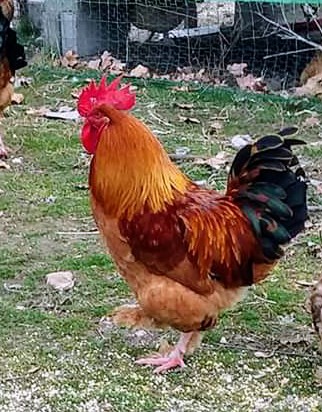
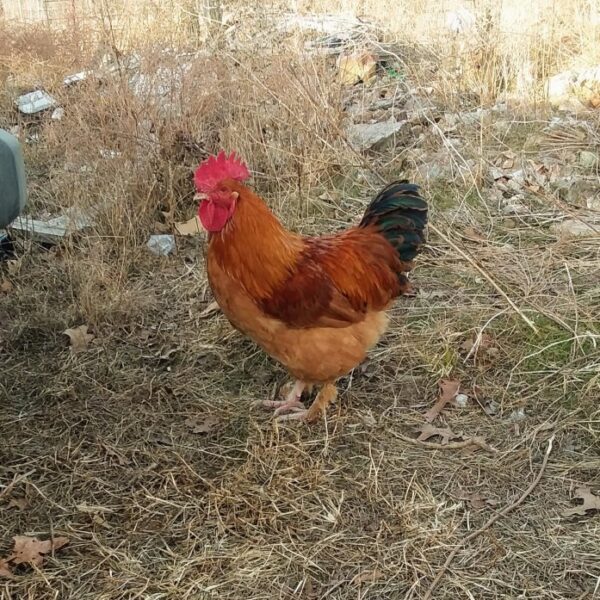
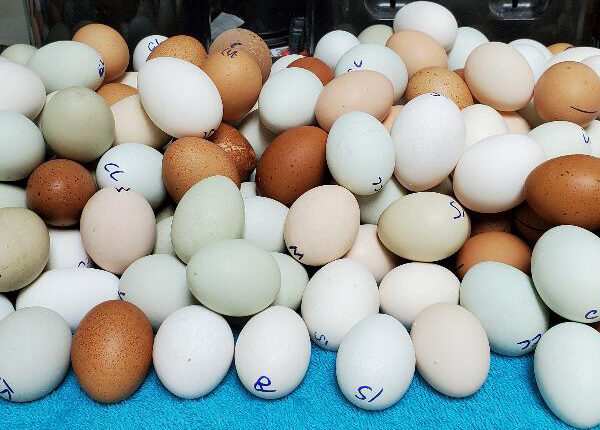
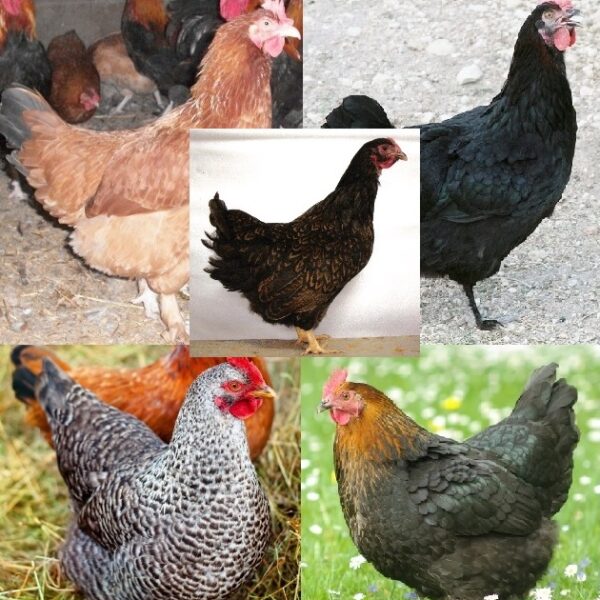
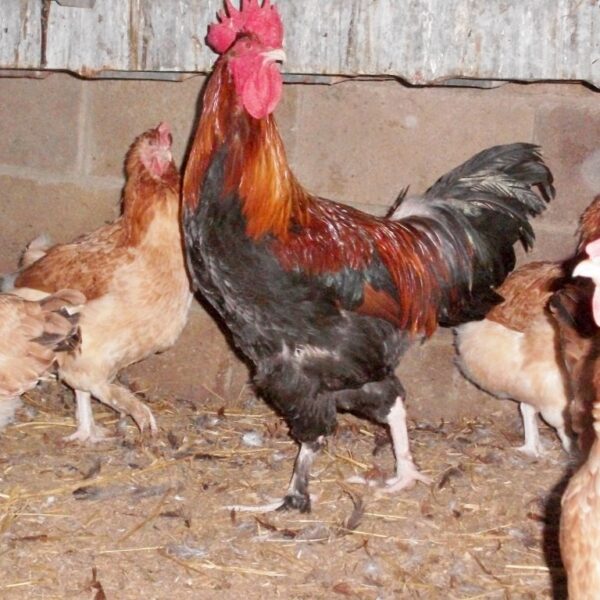
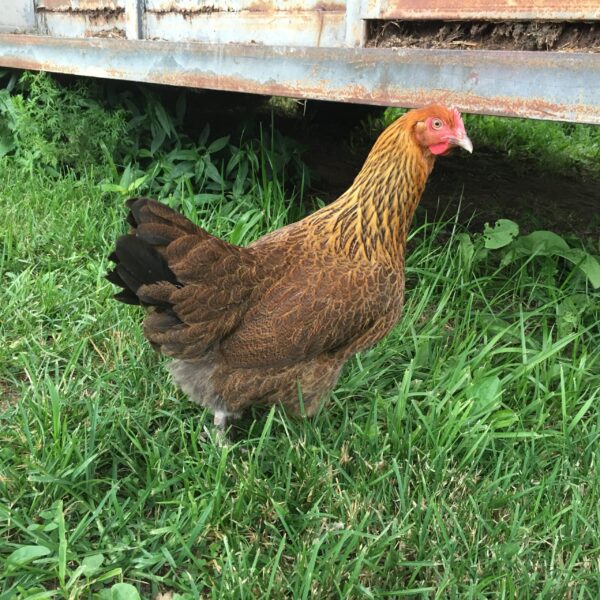
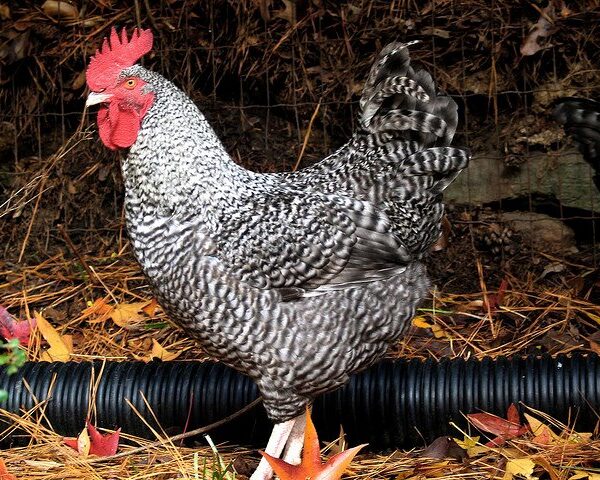
Reviews
There are no reviews yet.